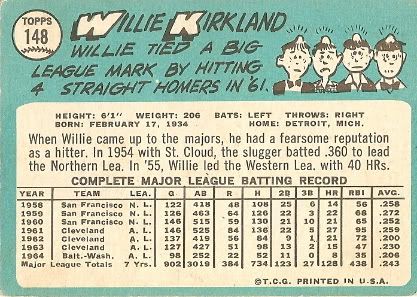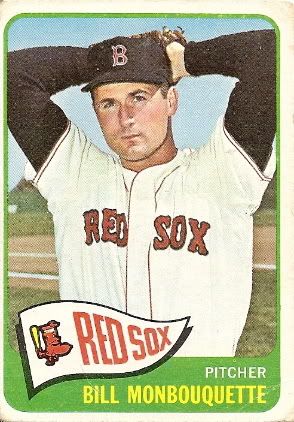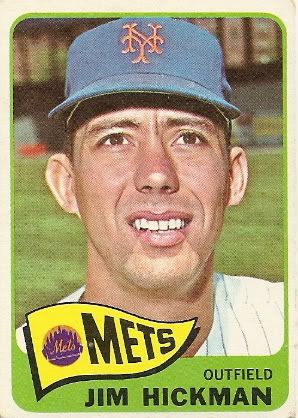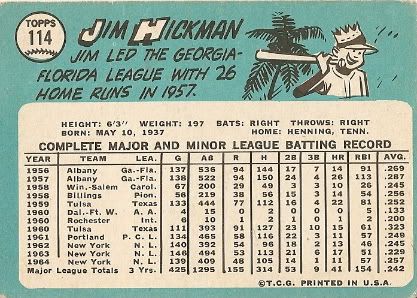
From the "there must be something wrong with me" department, I look at this picture of
Steve Boros, poised to receive an imaginary throw from the imaginary catcher, and all I can think about is how much his red undershirt looks like that
old-timey flannel underwear. You know, the kind with the square button-up panel in the rear that were all the rage in classic cartoons. Also, someone is building a giant tower out of
Construx beyond the outfield. That's my take, anyway.
Fun facts about Steve Boros:
-The Flint, MI native signed with the Tigers in 1957 as a bonus baby ($25,000) out of the University of Michigan, where he earned a bachelors' degree in literature. My kind of guy!
-Forced to jump straight to the majors because of bonus baby rules, Steve went 6-for-43 in 1957 and 1958 before he was allowed to step down to the minors for more seasoning.
-A .305 average at AA in 1959 and an MVP season at AAA Denver the following year (.317 AVG, 42 2B, 30 HR, 119 RBI, .402 OBP) helped him to earn a return to the majors.
-As a 24-year-old rookie in 1961, he hit a solid .270 with 5 home runs and 62 RBI. His pitch recognition was a major asset, as his 68 walks boosted him to a .382 OBP. He missed more than a month with a broken collarbone, or else his final numbers would have been even stronger.
-Struggled to build on his initial success, but did slug 16 home runs in his sophomore season and continued to draw walks (.228 AVG/.331 OBP).
-Hit three home runs in one game on
August 6, 1962, the first two against fireballer
"Sudden Sam" McDowell. However, all three were solo shots and the Tribe rallied to beat the Tigers in the bottom of the ninth.
-Was traded to the Cubs in 1963 and saw action in only 41 games. The following season he was bought by the Reds and received significant playing time for the last time in his career, batting .257 with little power.
-After appearing in two games with Cincinnati in 1965, hung on in the minor leagues for five years before calling it quits. He batted .245 with a .344 on-base percentage as a major leaguer.
-Coached for a few teams: Kansas City (1975-1979; 1993-1994), Montreal (1981-1982), and Baltimore (1995). Also spent 1970-1974 and 1980 managing in the minor leagues for the Royals and Expos.
-Had two unsuccessful stints as a manager in Oakland (1983-1984: 94-112) and San Diego (1986: 74-88). Was famously ejected while delivering the lineup card before a game on June 6, 1986. The previous night, umpire Charlie Williams had called Padres runner
Bip Roberts out on a play at the plate despite the facts that A) Bip had beat the tag and B) Williams had not seen the play. Boros had been ejected for arguing the call at the time that it occurred, and the next day approached home plate with the lineup card and a videotape of the disputed play. Williams ejected him before he ever even delivered the lineup!


























